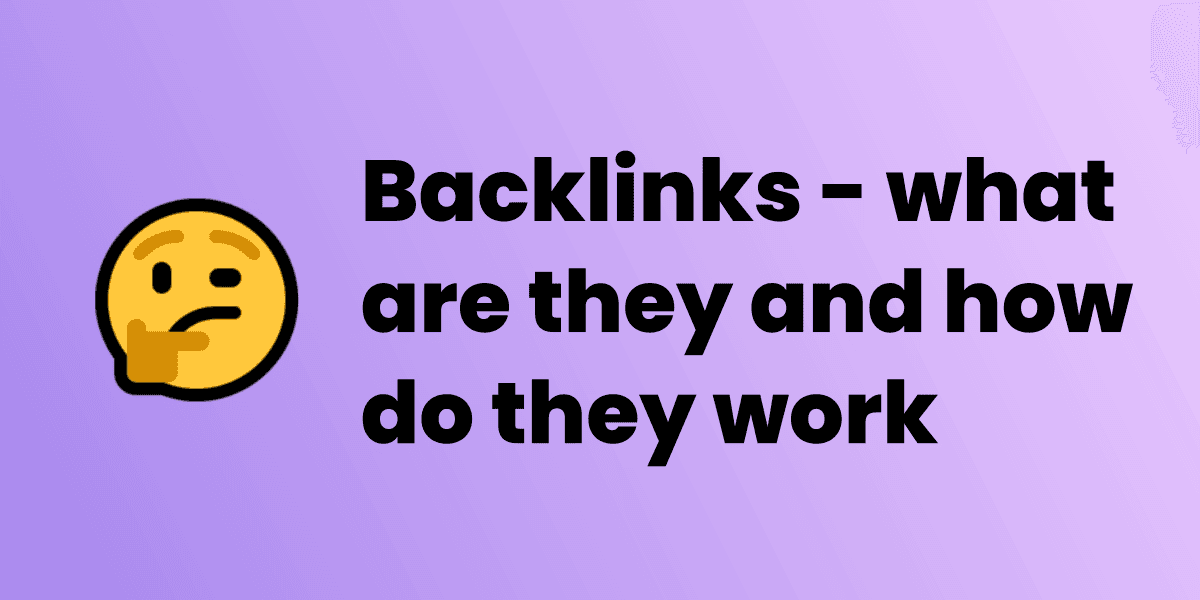
Back in the day, a journalist would have had a handful of contacts they could rely on to give expert insight into a story.
With the dawn of social media suddenly that list of contacts has ballooned to include millions of people. While many journalists use dedicated journo source software and networks, Twitter has become a key source of expert insight for many.
What are the advantages of using Twitter for a journalist? It's quick, easy, gives access to a huge audience so it gets a new perspective on things.
A database like Response Source is only as good as the number of experts on its books. Things can stagnate as the same contributors come up time and again.
How they work
It's pretty simple. A journalist will draft their request and then append #JournoRequest somewhere in the tweet. For example:
I'm looking to speak to first-time buyers in Greater Manchester who have managed to save for a house deposit whilst renting - and can share some of their saving tips and tricks. Please drop me an email phoebe.jobling@reachplc.com @MENnewsdesk #journorequest
— Phoebe Violet Jobling (@pvjourno) March 22, 2022
You might also see #MediaRequest or #SourceRequest used, these are just variations on the same theme.
At the same time experts, business owners, PR's etc will constantly be scanning Twitter for new tweets that contain the Journo Request hashtag.
When they find one that is relevant to them they reply to the tweet, usually via direct message or email.
That's it!
If you are the right fit for the story, you will hopefully be featured in their article.
The problems with #JournoRequests
On the face of it, finding and answering a #JournoRequest seems simple but there are pitfalls:
❌ Lots of noise
Users on Twitter know how popular the #JournoRequest hashtag is. A lot of users will therefore attempt to hijack it and add it to their tweet to attract more eyeballs.
Finding legitimate journo requests is like panning for gold. With enough time and patience it can be done but it's not very efficient.
❌ You have to constantly be on the lookout
This was a big problem for me when I was starting up my ecommerce business Reco.
You constantly have to be on Twitter and searching for the #JournoRequest hashtag. When you find one, you have to scan it quickly to see if it's relevant to your expertise or business.
This is just about manageable when you first start your business but before you know it, you're swamped with so many other tasks that you simply run out of time to dedicate to manually scraping Twitter for journo requests.
❌ You need to be quick
This ties into the point above.
Once you find a request you need to be ready to jump on it quickly.
Frequently you will see that after only a few hours journalists will reply to their tweet saying that they don’t need any more sources.
If you are manually searching Twitter, even every few hours, you may find that requests have already expired before you even find them!
The good news is, Sourcee solves all these issues.
✅ We cut out the noise
We lookout for journalist profiles on Twitter and only allow tweets with #JournoRequest through from those on our whitelist. This cuts out the majority of the noise so you only get high quality requests.
✅ Relevant requests direct to your inbox
No need to even login to Twitter.
Plug in your keywords to our matching engine and when one of your keywords appears in a request from a journalist we will email you straight away.
✅ Speed of response
Sourcee will instantly notify you of new requests so you are already halfway there.
You now need to respond to the request in good time. Writing out repetitive responses to similar requests can be a laborious process so we help you here too.
You can save a number of 'canned responses' in Sourcee, saved messages ready to go at any time.
Perfect if you are out and about but want to respond quickly to a request that has just come through.
Never miss a journo request
Get personalized alerts for media opportunities matching your expertise.
Start free trialRead more

Backlinks - What are they and how do they work
Backlinks are a key component of search engine optimization (SEO). But what exactly are backlinks, and how do they work?

My Top 3 SEO Link Building Strategies
Building high-quality backlinks is one of the most challenging things to do in SEO because, for the most part, it is out of your hands. Here are my top 3 strategies to build backlinks

What is a Journo Request?
We breakdown what a Journo Request actually is, where to find them and why you want to answer them.